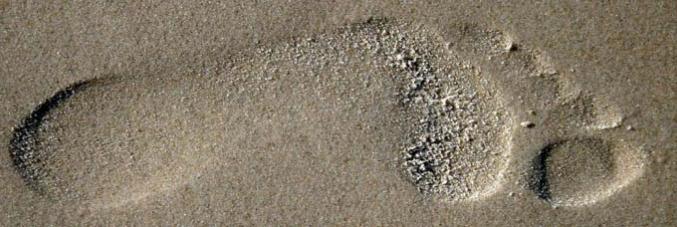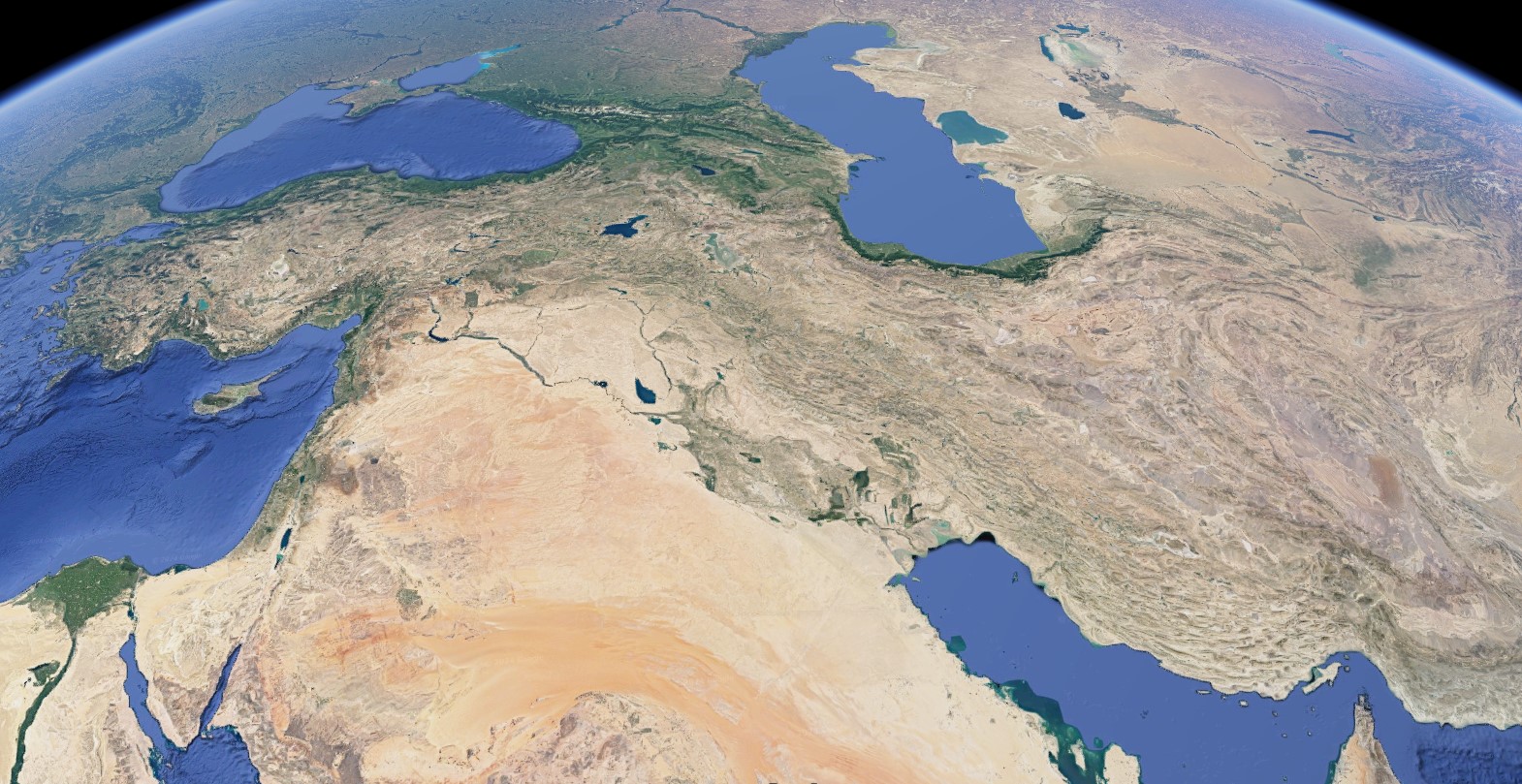
The Persian Plateau was the center for the Colonization of Eurasia, Oceania, and the Americas
28.03.2024
All current non-African human populations are the result of subdivisions that occurred after their ancestors left Africa 60,000 years ago. These subdivisions took another 20,000 years to form, during which all non-Africans were part of a single population.
The ancestors of all current Eurasians, Americans and Oceanians migrated from Africa between 70,000 and 60,000 years ago. After reaching Eurasia, these settlers did not colonize it immediately but settled for a few millennia in a limited area by forming homogeneous populations. Around 45,000 years ago, these settlers laid the foundations for the genetic divergence between current Europeans and East Asian peoples.
The study entitled, “The Persian Plateau served as Hub for Homo sapiens after the main Out of Africa dispersal” shares precisely the place where humans populated and where the hub for subsequent colonization is found. Published in the journal Nature Communications, the study was conducted by a research team from the Department of Biology of the University of Padua in collaboration with the Department of Cultural Heritage of the University of Bologna, the Griffith University of Brisbane (Australia), the Max Planck Institute of Jena (Germany), and the University of Turin.
Leonardo Vallini of the Biology department of the University of Padua and first author of the study explains, “This work offers a new genetic approach and identifies genetic traces in ancient and modern populations of the Persian plateau that resemble the characteristics of the hub population, thus identifying the area as the probable homeland of all early Eurasians. The most complex part of our research was to untangle the various layers of information made up of 45,000 years of movement and a mixture of populations that occurred after the establishment of the hub."
The multidisciplinary research includes studying the paleoecological modeling of the area, indicating environmental conditions suitable for human occupation that could support a larger population than other parts of Western Asia.
“The identification of the Persian plateau as a hub for the first human migrations opens new doors to archaeological and paleoanthropological research" explains co-author Michael Petraglia of Griffith University in Brisbane. In fact, the Persian plateau will be at the center of the ERC Synergy Project “LAST NEANDERTHALS”. The ERC funded project includes co-author Stefano Benazzi, professor at the Department of Cultural Heritage of the University of Bologna who shares insights, “In line with the results of the article, this ERC project aims to explore and reveal the intricate bio-cultural events that occurred between 60,000 and 40,000 years ago, which also includes the Persian plateau”.




